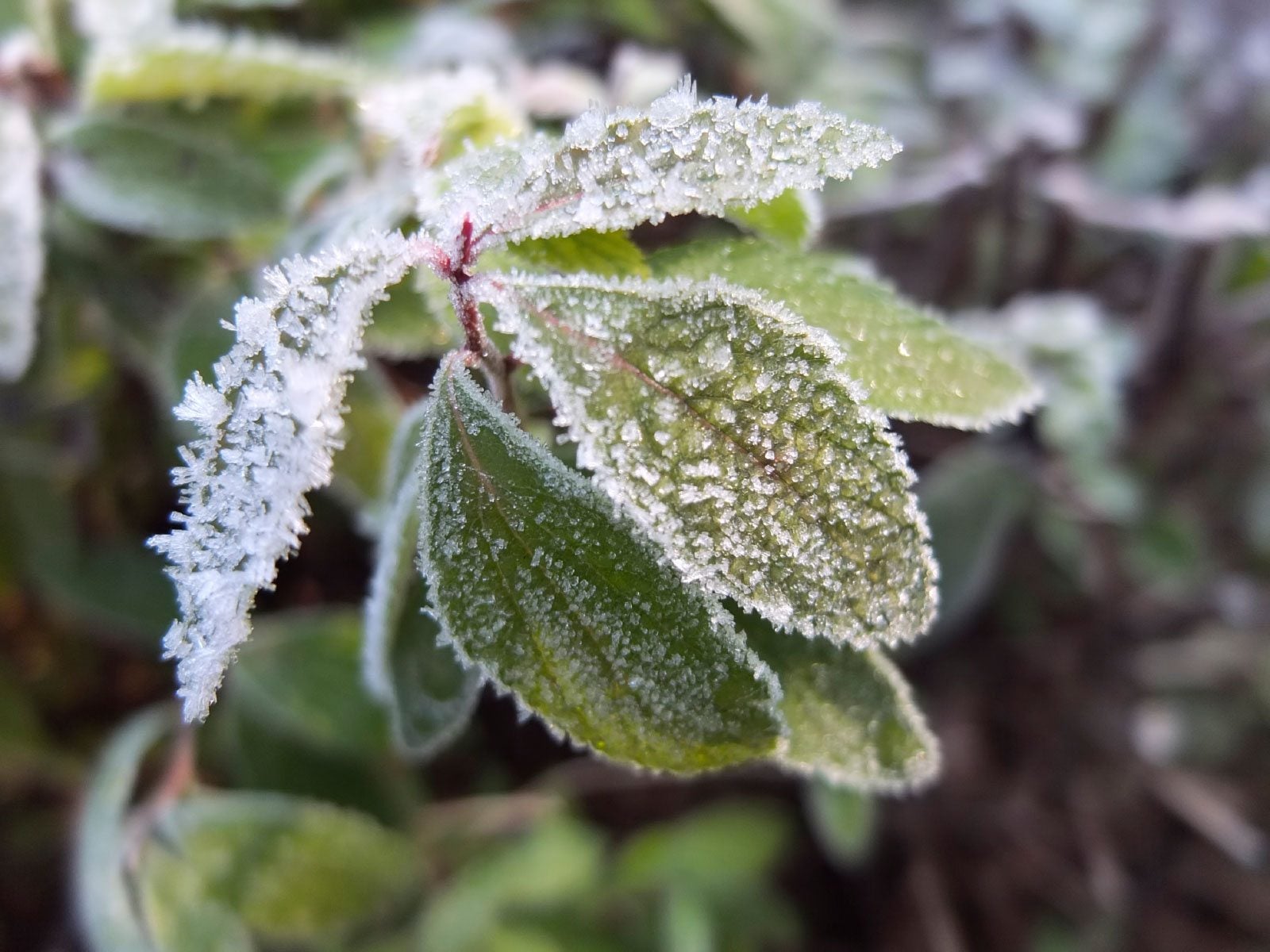Winter Damage Of Shrubs: Types Of Cold Injury In Shrubs


The severity of winter damage of shrubs varies by species, location, duration of exposure and the fluctuation of temperature the plant experiences. Shrub cold damage also can stem from sunscald, desiccation and physical injury. Treating cold damage in shrubs should not be done until spring when you can truly assess the plant's recovery. Winter's icy grip can cause potential problems for our plant friends. As long as a plant is used in the correct United States Department of Agriculture zone, it should be able to withstand whatever weather winter dishes out. However, a combination of conditions, sustained cold and ice, and an unhealthy plant can all contribute to winter damage of shrubs even in the correct hardiness zone.
Types of Cold Injury in Shrubs
The most obvious of the types of cold injury in shrubs is physical. This may show up as broken stems or branches. Any limb that is almost completely severed can be cut off when treating cold damage in shrubs. Low temperatures, especially early in spring, can cause tissue damage. This affects any new growth and flower buds. Tip growth will turn brown and tender new buds will fall off. Sunscald seems like a mistaken cause of cold damage to shrubs, but is actually quite dangerous to plants, especially young ones. Bright sunny winter days accelerate the temperatures on southern to southwest sides of shrubs, which damages the cambium. Tissue damage shows up as cracked bark with a reddish, darker appearance. is most common on plants along the road. The damage shows up in spring with die back, browning of limbs and leaf discoloration. Desiccation is caused by icy drying winds that suck the moisture out of the plant. Leaves become dry and brown, stems have a shriveled look and any buds or new growth wither and die. In some areas, the worst cold damage to shrubs is done by animals that may girdle the plant or kill terminal buds while searching for food sources.
Treating Cold Damage in Shrubs
The first step is assessment of injury. The most obvious shrub cold damage is bent or broken limbs. Any plant material that is nearly completely broken away from the main stem needs to be removed. Use clean, sharp utensils and take care not to cut into the trunk of the plant. Angle cuts so water is directed away from the wound site. Pruning plants that have die back should be done in spring. It is tempting to take out the “dead” twigs and branches at the time of the injury, but excessive pruning during winter and when the plant's vigor is low can cause more harm than good. Additionally, sometimes time will prove that the damage wasn't too deep and the plant will recover itself with good care. In fact, many plants will recover by themselves if given enough time. If this is the case, use your good fortune to advantage and prevent the conditions that initiated the problem. In the case of sunscald, for instance, paint the trunk with diluted white latex paint. You may also erect a burlap screen around the trunk to help prevent wind desiccation and remember to water plants during cold dry periods. Animal damage can be prevented by using metal collars around the main stem or by the use of animal deterrents. Use mulch to help protect roots from cold snaps. Whatever you do, be patient. Don't over prune and do not apply fertilizer in an attempt to help the plant recover its health. Slow and steady wins the race and that usually applies to most winter shrub damage.
Sign up for the Gardening Know How newsletter today and receive a free copy of our e-book "How to Grow Delicious Tomatoes".

Bonnie Grant is a professional landscaper with a Certification in Urban Gardening. She has been gardening and writing for 15 years. A former professional chef, she has a passion for edible landscaping.